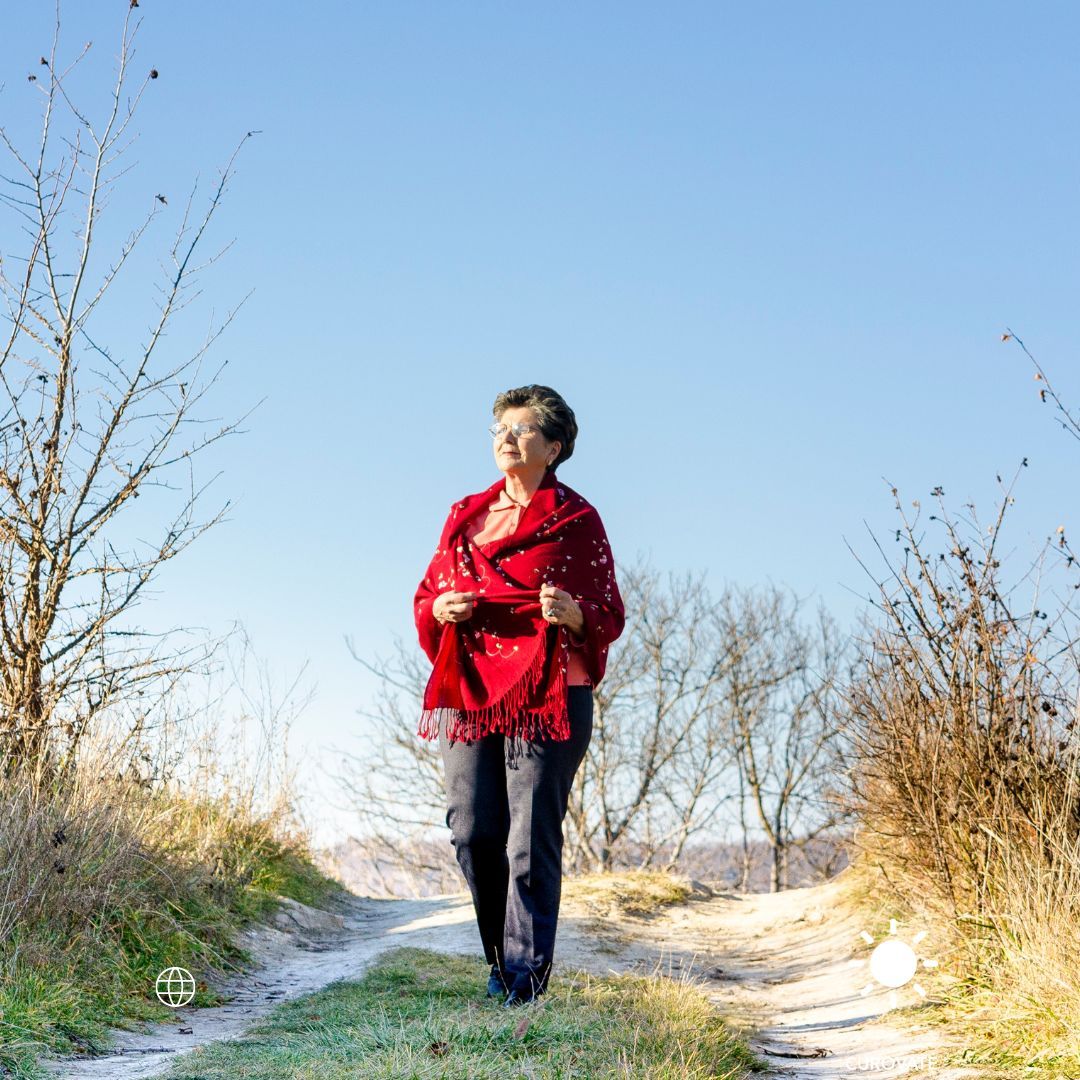Image by buburuzaproductions via Canva
Introduction
The amount of standing and walking that you do after a total knee replacement can depend on your individual situation and the specific recommendations you have received from your doctor or physiotherapist. In general, starting to move and walking as soon as possible after knee replacement surgery is beneficial for preventing complications after surgery such as blood clots. Early mobilization also helps to reduce the length of hospital stay, reduce post-operative morbidity and mortality, and improves patient satisfaction with surgery.[3][4][5][6] Given the importance of walking after surgery, this blog outlines standing and walking recommendations for 0 to 2 weeks, 3 to 6 weeks, and 6 to 12 weeks after surgery.
Phase 1: 0 to 2 weeks after surgery
Between day 1 to 3 after surgery, emphasis should be placed on rest and recovery. To take part in standing and walking, you will need to use a walker or crutches. The same goes for functional movements such as going from a sitting to or from standing position, going to and from the bathroom, and moving around the bed. [2] During this phase, you can also do exercises that can be completed from your bed, so that loading the knee is limited. This includes exercises such as ankle pumps, leg lifts, knee extensions with the knee resting on a rolled up towel, and moving your leg out to the side while in the lying down position.[9] These exercises can be completed in programs provided on the Curovate app. Exercises should be completed from 1-3 sets of 10 repetitions, three times per day.[2] The Curovate app is a physiotherapy app that can help you along your rehabilitation journey. Download the Curovate App by clicking on the links below.
 |
 |
|---|
During the first week and second weeks after surgery, you can gradually start increasing your walking distance without the use of a walker, cane or crutches.[2][9] Note however that the transition from walker or crutches to walking with a cane, and then to non-assisted walking should be done gradually as your ability to bear weight improves. Make sure to consult your physiotherapist in this process. The amount of walking you are able to do after surgery depends on the pain, swelling, and lingering effects from pain medication.[3] For more information on the importance of weight bearing after knee replacement, read this blog. Also if you need in-person physiotherapy as you are recovering from your knee replacement we highly recommend the team of physiotherapists at Foundation Physio. We have partnered with Foundation Physio to ensure that people who use our physiotherapy app also get the in-person physiotherapy that they need.
Phase 2: 3 to 6 weeks after surgery
Three weeks after surgery you should be able to walk around for 10 minutes without crutches or a walker.[1] During the fourth week, you are able to restore your normal walking pattern and walk without an assistive device.[8] You can start going on longer walks, eventually without the aid of the assistive cane, walker, or crutches. Likewise, you can return to work if you have a desk job, but if your job requires lifting or standing for long periods, it could take up to three months before this is possible.[7]
Phase 3: 6 to 12 weeks after surgery
As you continue with physiotherapy and regaining stability, strength, and function, you should work towards being able to walk several blocks at a time. You may also be recommended by your doctor to take on low impact aerobic exercise such as cycling or swimming.[7] It is important to note that how much you are able to walk depends on your individual capacity and how much you were able to walk and exercise before your surgery.
Conclusion
Although there is a general timeline of recovery and returning to standing and walking after knee replacement surgery, the time it takes to fully recover from a total knee replacement is variable and depends on the individual and their capacity prior to and after surgery. Make sure to consult your surgeon and physiotherapist for your personalized recovery timeline.[2] Improving walking and standing after surgery is always recommended in combination with regular physiotherapy exercises. The Curovate physical therapy app is an evidence-based app that will provide you with virtual physical therapy sessions, physical therapy plans, guided video exercises, ways to measure and monitor your progress, and much more! Download the Curovate App by clicking on the links below.
 |
 |
|---|







